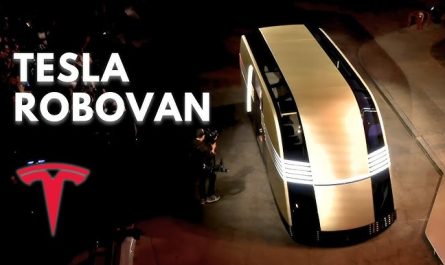The European Space Agency’s (ESA) Euclid telescope, designed to map out the dark side of our universe, has sent its first images back to Earth.

The European Space Agency’s ambitious Euclid space telescope is on its way to decoding the secrets of dark matter and dark energy.
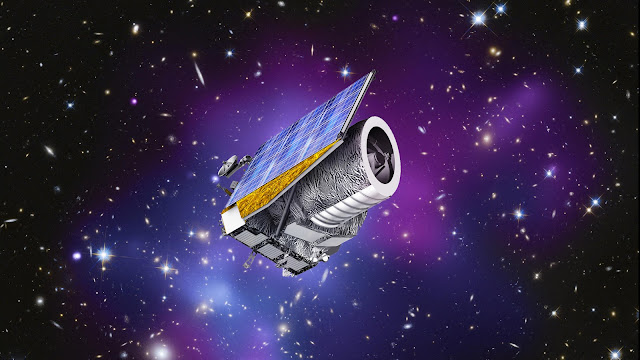
The images confirm that the space observatory’s instruments are functioning optimally. Euclid’s mission is to analyze billions of galaxies residing up to about 10 billion light-years away, creating a 3D map that includes the element of time to show how those realms evolved in tandem with a maturing cosmos.
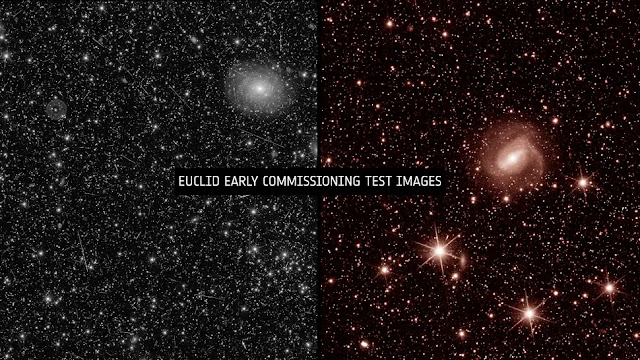
The images were captured using Euclid’s Visible Instrument (VIS) and Near-Infrared Spectrometer and Photometer (NISP). VIS captures the universe through the part of the electromagnetic spectrum visible to human eyes, while NISP images galaxies in infrared light and measures precisely how much light each galaxy emits. The images include cosmic rays, a wealth of stars, and fuzzy blobs representing galaxies that Euclid will investigate further.
The Euclid space telescope, designed to investigate some of the universe’s biggest mysteries, has captured its first glimpses of the cosmos.
The spacecraft’s two instruments took the preliminary test images, revealing scintillating starry views that prove everything onboard is in tip-top shape.
“After more than 11 years of designing and developing Euclid, it’s exhilarating and enormously emotional to see these first images,” said Giuseppe Racca, Euclid project manager at the European Space Agency, in a statement.
“It’s even more incredible when we think that we see just a few galaxies here, produced with minimum system tuning. The fully calibrated Euclid will ultimately observe billions of galaxies to create the biggest ever 3D map of the sky.”
Euclid, the European Space Agency’s newest observatory, has spent the past month since its July 1 launch traveling to its orbital point, located 1 million miles (1.5 million kilometers) away from Earth.
The 4-foot-diameter (1.2-meter-diameter) telescope will remain at what’s known as the sun-Earth Langrangian point L2, also home to NASA’s James Webb Space Telescope, a partnership with ESA and the Canadian Space Agency. Euclid will keep pace with Earth as our planet orbits the sun.
Scientists are already encouraged by the capabilities showcased by Euclid’s initial images, which demonstrate that the telescope may exceed expectations.
“It is fantastic to see the latest addition to ESA’s fleet of science missions already performing so well,” said ESA Director General Josef Aschbacher, in a statement. “I have full confidence that the team behind the mission will succeed in using Euclid to reveal so much about the 95% of the Universe that we currently know so little about.”
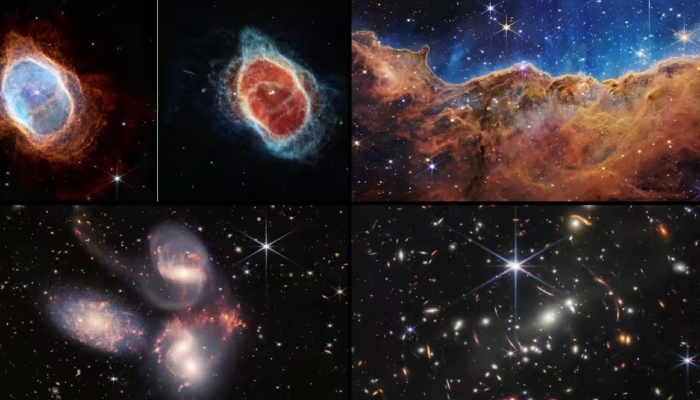
Wide-field and infrared cameras
Euclid will spend the next two months testing and calibrating its instruments — a visible-light camera and a near-infrared camera/spectrometer — before surveying about one-third of the sky for the next six years.
The telescope’s visible instrument, or VIS, will take images of billions of galaxies, something hinted at in one of the initial test images. Euclid’s wide perspective can record data from a part of the sky more than 100 times bigger than what Webb’s camera can capture. The telescope’s image quality will be at least four times sharper than those of ground-based sky surveys.
“Ground-based tests do not give you images of galaxies or stellar clusters, but here they all are in this one field,” said Reiko Nakajima, Euclid VIS instrument scientist, in a statement. “It is beautiful to look at, and a joy to do so with the people we’ve worked together with for so long.”
Euclid’s mission is to help us understand the dark universe, which includes dark energy and dark matter. Dark energy is the “something” that seems to be accelerating the cosmic expansion, while dark matter is the unseeable “glue” that holds galaxies in place and dictates their arrangement. Euclid’s detailed mapping of the universe over the next six years may provide clues about the nature of the dark universe.
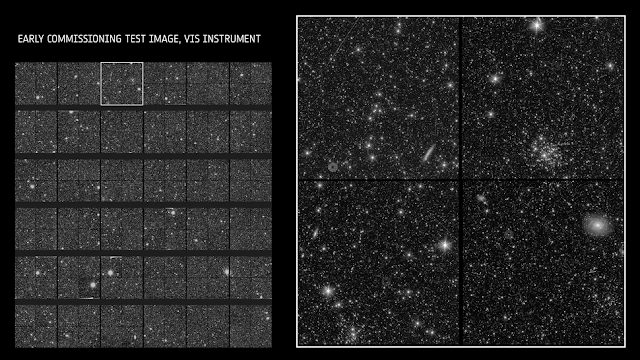
The first images from Euclid mark the beginning of a new era in observational cosmology and statistical astronomy. As the mission progresses, the team behind Euclid is expected to reveal much about the 95% of the universe that we currently know so little about. The fully calibrated Euclid will ultimately observe billions of galaxies to create the biggest-ever 3D map of the sky.
Investigating invisible dark matter
Euclid’s primary goal is to observe the cosmic mysteries of the universe, including dark matter and dark energy.
While dark matter has never actually been detected, it is believed to make up at least 85% of the total matter in the universe. Meanwhile, dark energy is a mysterious force thought to play a role in the accelerating expansion of the universe.
In the 1920s, astronomers Georges Lemaître and Edwin Hubble discovered that the universe has been expanding since its birth 13.8 billion years ago. But research that began in the 1990s has shown that something sparked an acceleration of the universe’s expansion about 6 billion years ago, and the cause remains a mystery.
Unlocking the true nature of dark energy and dark matter could help astronomers understand what the universe is made of, how its expansion has changed over time, and whether there is more to understanding gravity than meets the eye. Both dark matter and dark energy also play a role in the distribution and movement of objects, such as galaxies and stars, across the cosmos.
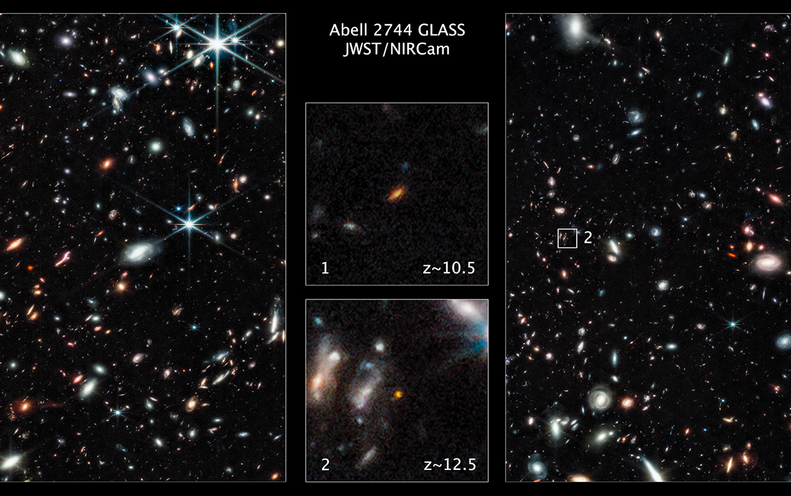
Euclid is designed to create the largest and most accurate three-dimensional map of the universe. The mission will observe billions of galaxies that stretch 10 billion light-years away to reveal how matter may have been stretched and pulled apart by dark energy over time. These observations will effectively allow Euclid to see how the universe has evolved over the past 10 billion years.
The telescope was named in honor of Euclid of Alexandria, the Greek mathematician who lived around 300 BC and is considered the father of geometry.
As Euclid makes its observations, the telescope will create a catalog of about 1.5 billion galaxies and the stars within them. The observatory will capture a treasure trove of data for astronomers that includes each galaxy’s shape, mass and number of stars created per year. Euclid’s ability to see in near-infrared light, similar to Webb, could also reveal previously unseen objects in our own Milky Way galaxy, such as brown dwarfs and ultra-cool stars.
Besides looking like an early 2000’s computer screensaver, this image is important because each streak represents an individual light spectrum of a galaxy or star. Euclid has a device known as a “grism” that can basically split cosmic light into a full spectrum of wavelengths before sending the data to NISP.
With this process, scientists can determine how far away a certain galaxy is, for instance, as well as what the galaxy is chemically made of.
“We’ve seen simulated images, we’ve seen laboratory test images,” William Gillard, NISP instrument scientist, said in the statement. “It’s still hard for me to grasp these images are now the real universe. So detailed, just amazing.”
Now, if you’ve still been stuck on the fact Euclid can help us understand the dark universe, here’s what that means.
What’s next for Euclid?
Dark energy and its partner-in-crime, dark matter, constitute some of the biggest and most fascinating questions to exist in astronomy today. Neither phenomena can be seen by human eyes, yet still appear to be holding our universe together.
For starters, space is constantly expanding outward in every direction like an unpoppable balloon. But the weird thing is, this ballooning seems to be happening at speeds scientists can’t quite account for with all the visible stuff in our universe. Thus, something else must be acting to accelerate the cosmic expansion. Scientists call that “something” dark energy.
Meanwhile, within the expanding universe, there seems to be some sort of glue making sure galaxies are held in place and dictating the way they’re arranged. For example, scientists calculate that intergalactic gas and stars often move around as though there’s extra gravity pulling on them. Presumably, this is because some sort of invisible material surrounds the galaxies these objects live in (perhaps like a halo) and therefore exerts gravitational forces on them. That unseeable “glue” is known as dark matter.
Dark matter and dark energy aren’t necessarily made up of one, or even two, things. They could be made up of a bunch of different components. Scientists just use these as bulk terms to describe gaps in our understanding.
All we know for sure, right now, is that the dark universe exists.
But if Euclid’s mission of exquisitely mapping the universe over the next six years or so pans out, perhaps scientists will gain some clues as to what the dark universe truly is.
This is because, as dark matter and energy interact with things in space, laying out the distribution and evolution of those things can tell us where the dark universe fits into the story.
“I have full confidence that the team behind the mission will succeed in using Euclid to reveal so much about the 95% of the universe that we currently know so little about,” ESA Director General, Josef Aschbacher, said in the statement.
“After more than 11 years of designing and developing Euclid, it’s exhilarating and enormously emotional to see these first images,” Euclid project manager, Giuseppe Racca, said in the statement. “It’s even more incredible when we think that we see just a few galaxies here, produced with minimum system tuning. The fully calibrated Euclid will ultimately observe billions of galaxies to create the biggest-ever 3D map of the sky.”

